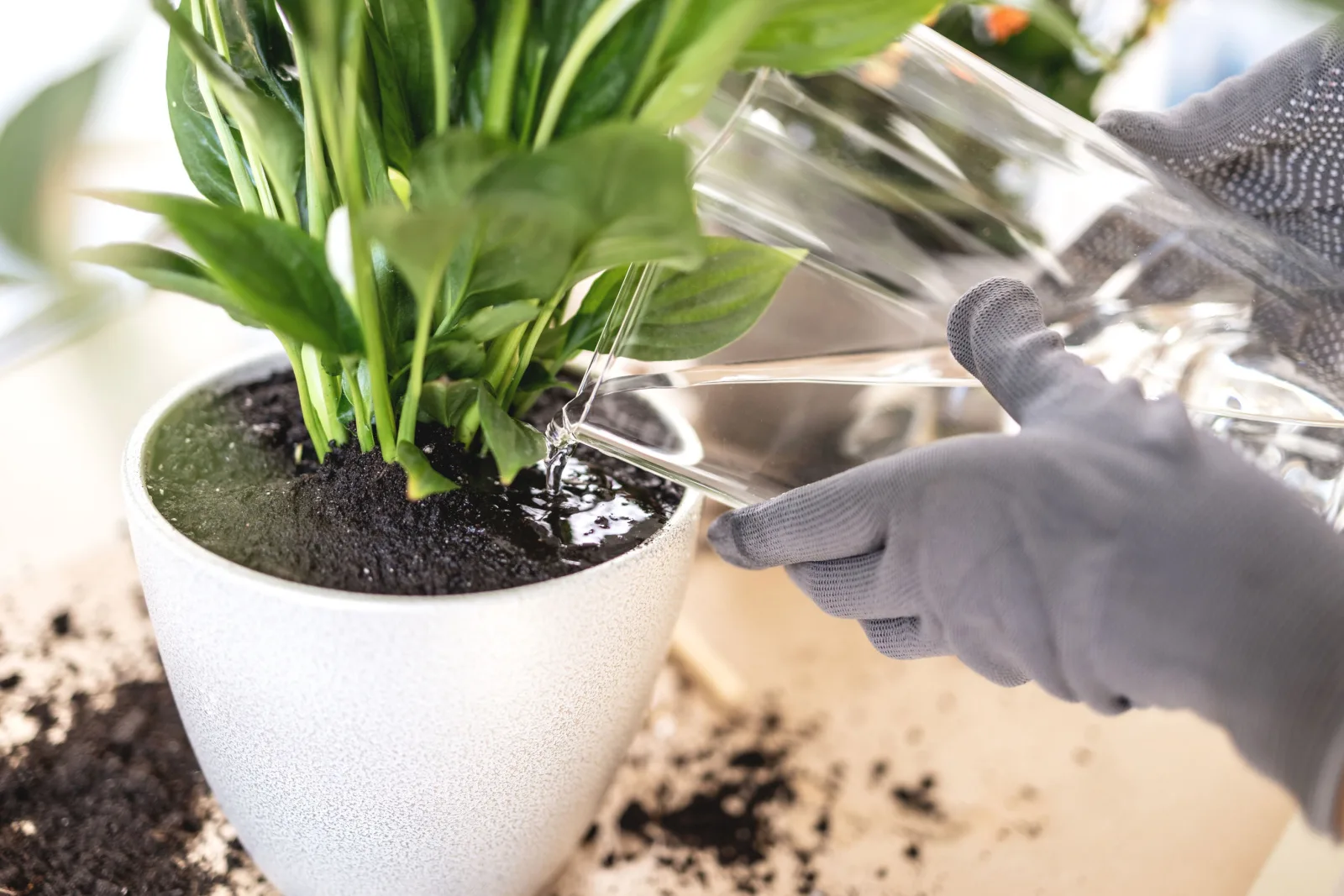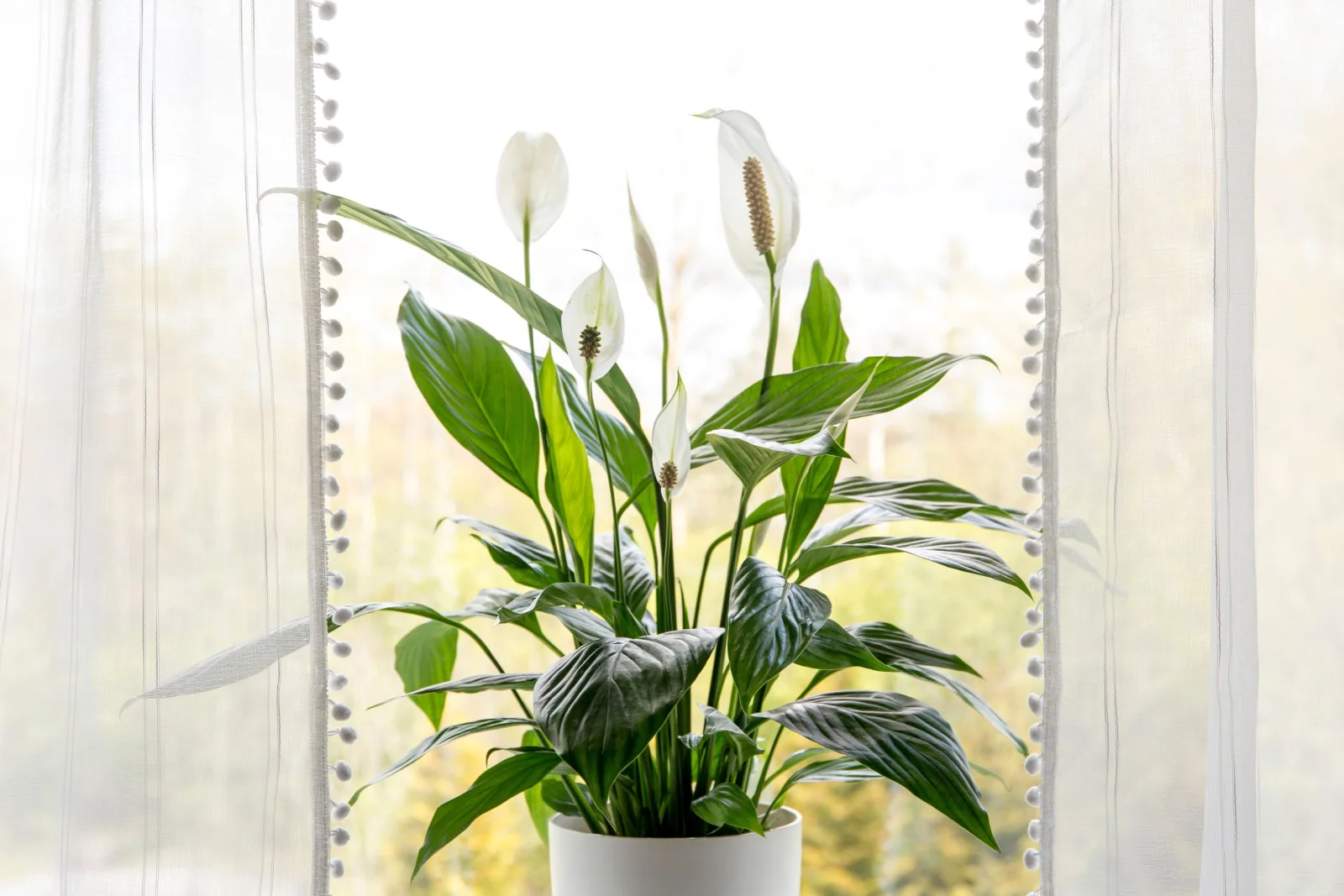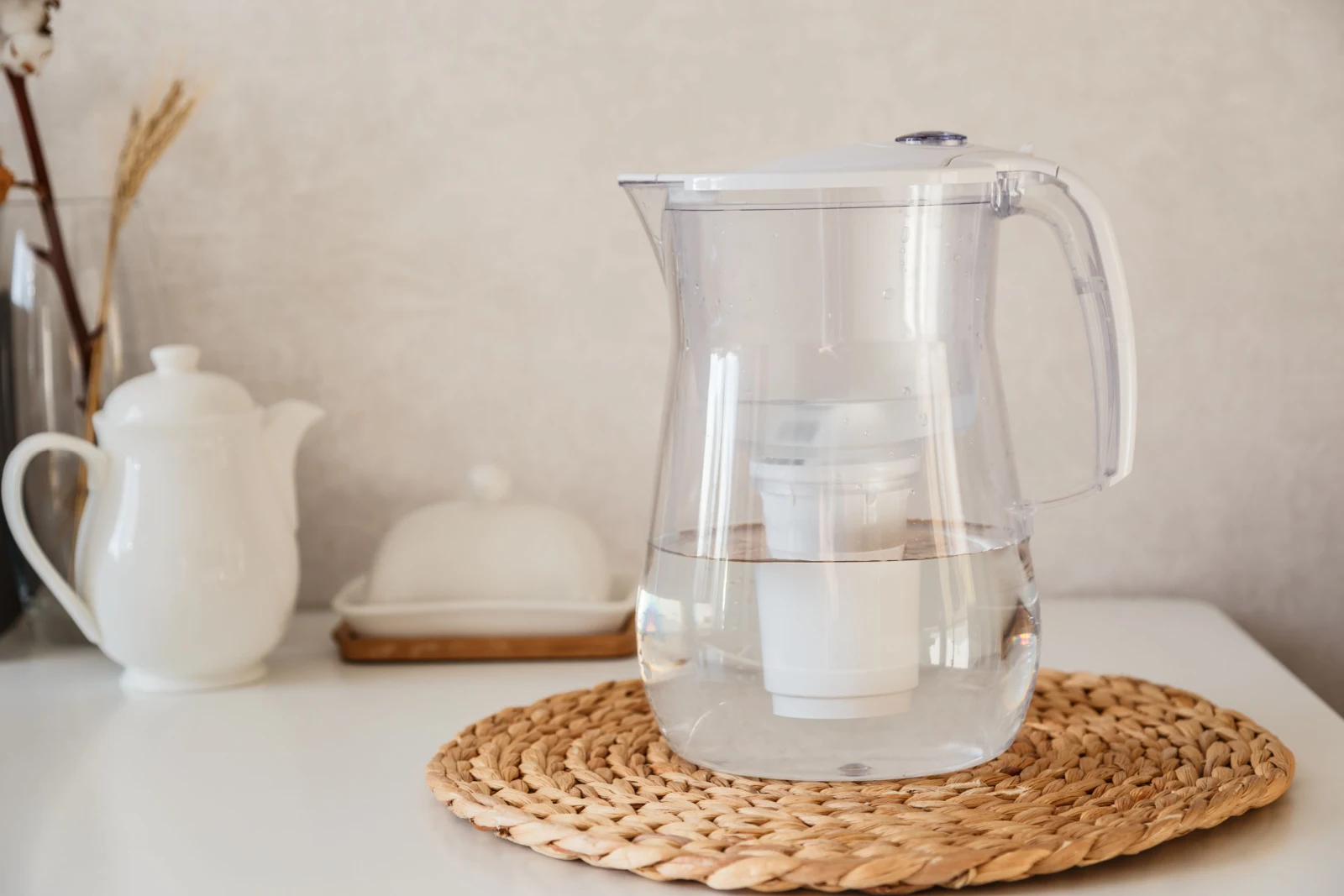Peace lilies are tropical plants that are used to growing in moist and humid conditions. This is why proper watering is crucial for the health and vitality of peace lilies, especially when grown indoors.
While these beautiful plants are relatively low-maintenance, knowing the best method for watering them can make all the difference in their growth and overall appearance.
In this article, we are going to cover the best methods for watering peace lilies to help you keep them thriving and flourishing. So, let’s get busy!
How To Water Peace Lilies

As we already mentioned, these are tropical plants that require frequent watering. However, too much watering is not always good because it can lead to overwatering.
Overwatered peace lilies will start wilting and dying because of root rot, which is a fungal disease that can completely destroy your plants.
Unfortunately, there is no fixed watering schedule you could follow that will tell you when to water your plants. The best tip I can give you is to always check the soil’s moisture before watering.
Stick your finger in the soil and see if the top few inches of the soil have dried out – if so, it is time for watering. If the soil still feels moist, postpone watering for a couple of days.
You can also use a moisture meter if you don’t want to get your hands dirty. Keep watering until you see water coming out of the drainage holes.
Pay attention to the plant’s cues. If the leaves start to droop, it may be a sign of underwatering, while yellowing or wilting leaves could indicate overwatering. Adjust your watering routine accordingly based on the plant’s needs.
Factors That Affect Watering

There are many factors that affect the watering needs of your plant. For instance, if you keep your plant in a warm location with direct sunlight, the soil will dry out quicker. Therefore, you will have to water your plant more frequently than you normally would.
On the other hand, if you keep it somewhere dark and humid, then it probably won’t need as much watering.
Larger plants also typically require more water than smaller ones. If you keep your plants in a well-ventilated space, this might speed up the moisture evaporation process in the soil.
Your peace lily might be turning black if the humidity levels are too low. In this case, you can frequently mist the plant or group your houseplants together to create a microclimate.
You could also try to make a pebble tray, or simply invest in a humidifier that will keep the place nice and moist.
The pot’s material can also affect watering needs. For instance, plastic pots usually tend to retain more moisture than terracotta pots.
The Best Water For Peace Lilies

The type of water also affects your plant’s overall health. While tap water can normally be used for peace lilies, some regions have higher levels of contaminants in the water supply, like fluoride and chlorine.
This can affect the plant and lead to leaves turning brown. You can use filtered or distilled water instead of tap water. If you still decide to use tap water, you should let it sit for a few hours or overnight to get rid of the chlorine.
The best water for most plants would definitely be rainwater. So, the next time it rains, grab your buckets and go outside to collect some – your plants will appreciate it!